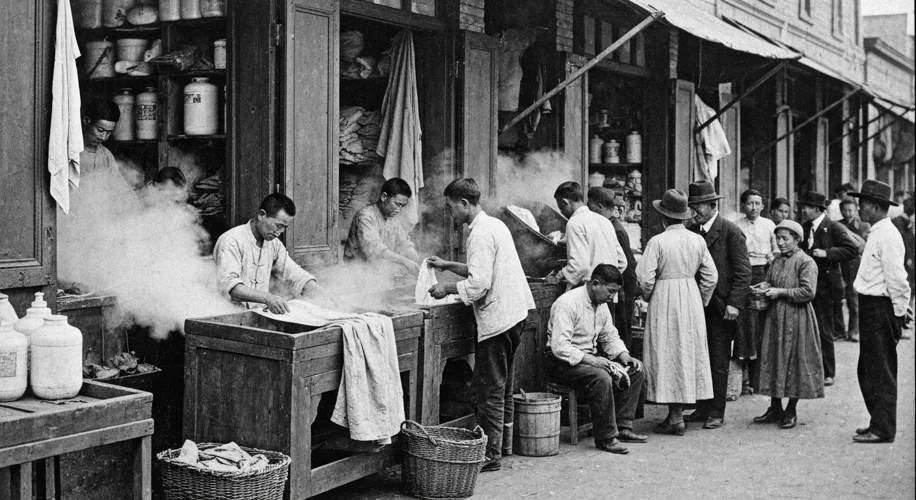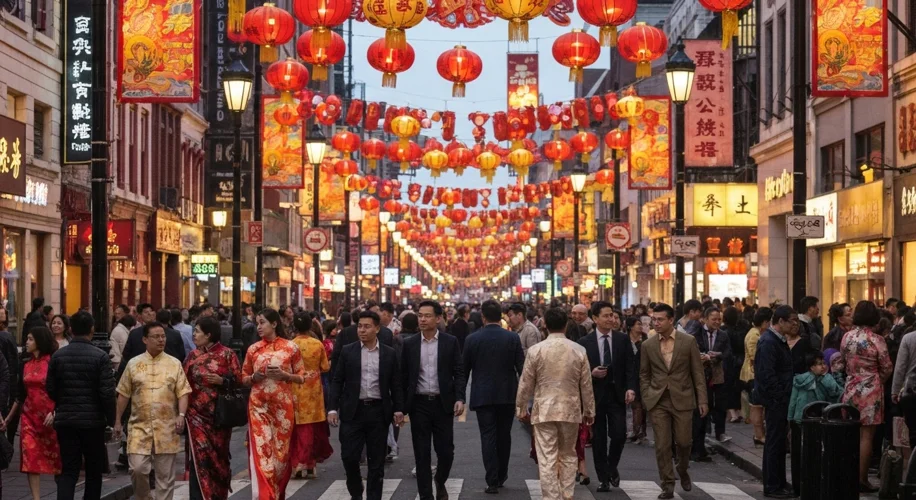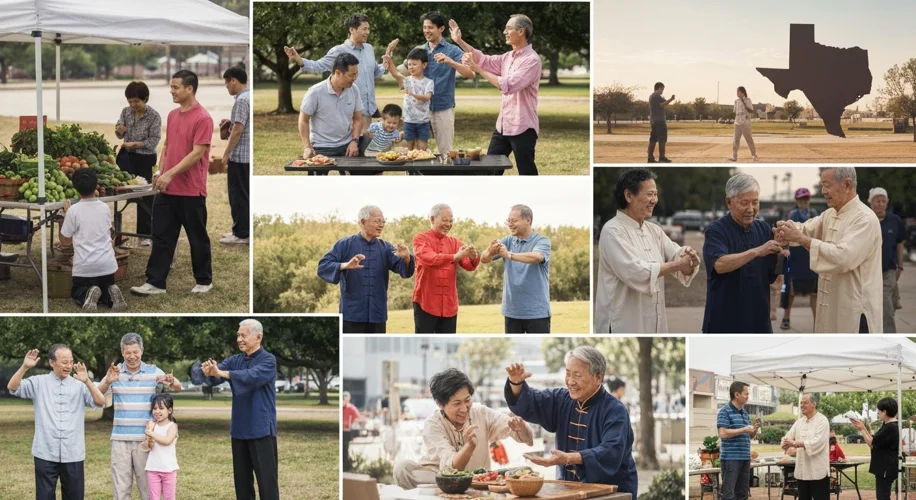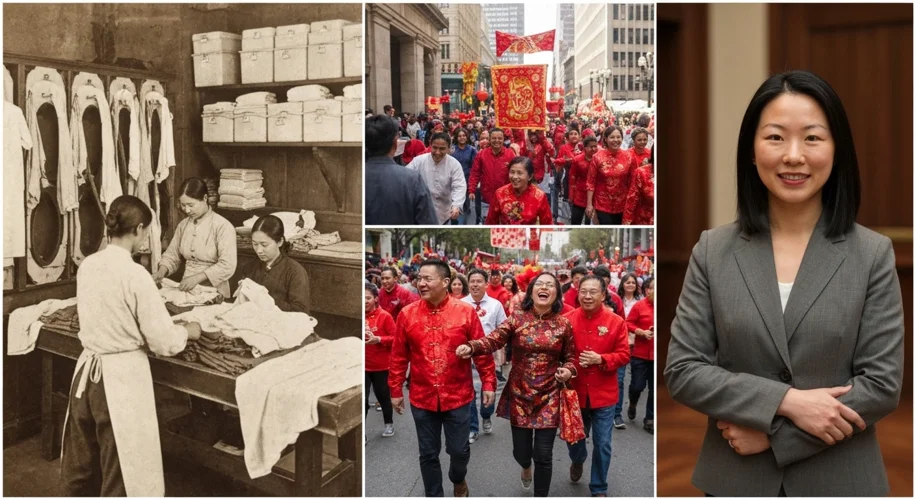The vast plains of Texas, often envisioned as solely the domain of cowboys and vast ranches, hold within them a richer, more intricate tapestry of human history. Woven into this fabric are the stories of Chinese Americans, a community whose journey from distant shores to the heart of the Lone Star State is a testament to resilience, adaptation, and enduring cultural contribution. Their story in Texas is not a singular, monolithic narrative, but a vibrant collection of individual threads, each contributing to the unique pattern of Texan identity.
The earliest whispers of Chinese presence in Texas can be traced back to the late 19th century. Drawn by the promise of economic opportunity, particularly during the Gold Rush era, many Chinese immigrants initially settled on the West Coast. However, as opportunities shifted and discriminatory laws like the Chinese Exclusion Act of 1882 tightened their grip, some ventured eastward, seeking new beginnings. Texas, with its burgeoning industries and expanding frontier, offered a different kind of frontier – one of economic possibility, even amidst the inherent challenges of establishing a life in a new land.
Early Chinese settlers in Texas, much like their counterparts across the nation, often found themselves confined to specific trades. Laundry services and restaurants became common havens of employment, providing essential services to burgeoning towns and cities. Imagine the scene: a small laundry shop, steam rising from hot irons, the scent of starch filling the air, while Chinese proprietors meticulously cleaned and pressed the clothes of Texans from all walks of life. These were not just businesses; they were vital community hubs, offering a semblance of familiarity and mutual support in an often-unwelcoming environment.

The challenges were immense. Beyond the economic hardships and the pervasive racial discrimination that mirrored national sentiments, these early immigrants grappled with cultural isolation. The language barrier, the vast cultural differences, and the sheer distance from their ancestral homeland created a profound sense of displacement. Yet, it was in this very adversity that the seeds of strong community bonds were sown. Benevolent associations, like the Chinese Native Sons and Daughters of Texas, emerged, providing mutual aid, preserving cultural traditions, and offering a collective voice against injustice.
The mid-20th century brought significant shifts. The repeal of the Chinese Exclusion Act in 1943, spurred by China’s role as an ally in World War II, began to open new doors. While still facing subtle and overt prejudices, Chinese Americans gained greater opportunities for education and professional advancement. This era saw a diversification of professions, with individuals entering fields like medicine, engineering, and academia. The communities grew, and with them, the desire to not only preserve but also share their rich cultural heritage.
Festivals, culinary traditions, and community centers became vibrant spaces where culture was not just remembered but actively lived and shared. The Lunar New Year, for instance, became a cherished event, bringing together families and friends, filling the streets with the scent of traditional foods and the sounds of celebration. These events served as powerful reminders of their roots and as bridges to connect with the broader Texan society.

The establishment of Chinatowns in major Texas cities like Houston and Dallas offered concentrated areas for cultural expression and economic enterprise. These neighborhoods became not just residential enclaves but vibrant commercial centers, offering authentic cuisine, unique goods, and a visible symbol of the community’s presence and contribution. They represent more than just a collection of businesses; they are living testaments to the enduring spirit of cultural preservation and adaptation.
Today, Chinese Americans are an integral part of the Texan landscape, contributing to every facet of society. From groundbreaking scientific research and innovative business ventures to the arts and public service, their impact is undeniable. Yet, the journey has not been without its ongoing struggles. Issues of cultural identity, intergenerational understanding, and combating contemporary forms of discrimination remain active concerns.

The story of Chinese Americans in Texas is a powerful narrative of transformation – of immigrants who, carrying the echoes of an ancient civilization, forged new lives and new identities in the heart of America. It is a story that reminds us that the strength of any society lies not in its homogeneity, but in the rich diversity of its people and the enduring resilience of their dreams. Their presence enriches Texas, adding depth and color to its already compelling story, proving that the Lone Star State is truly home to a world of cultures.

